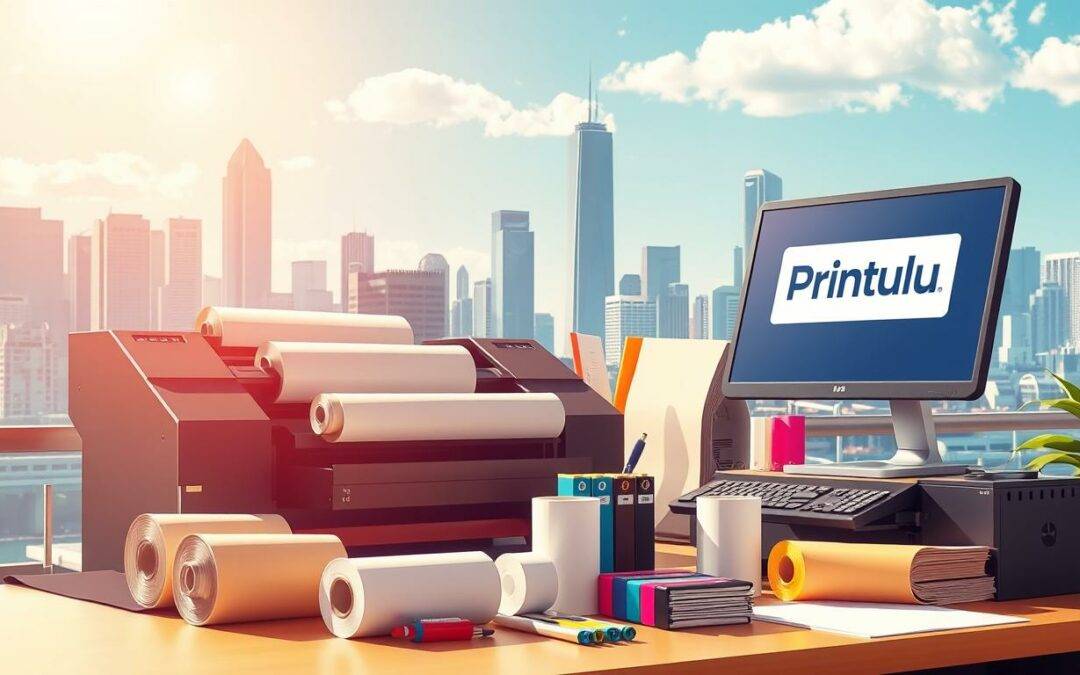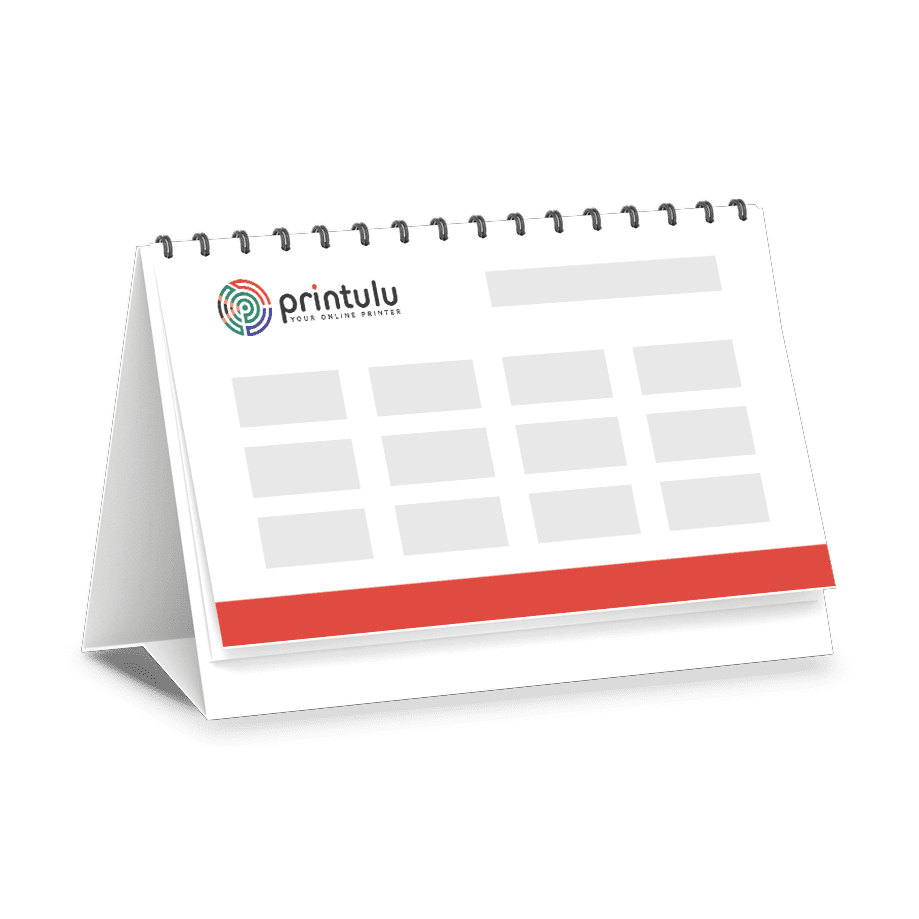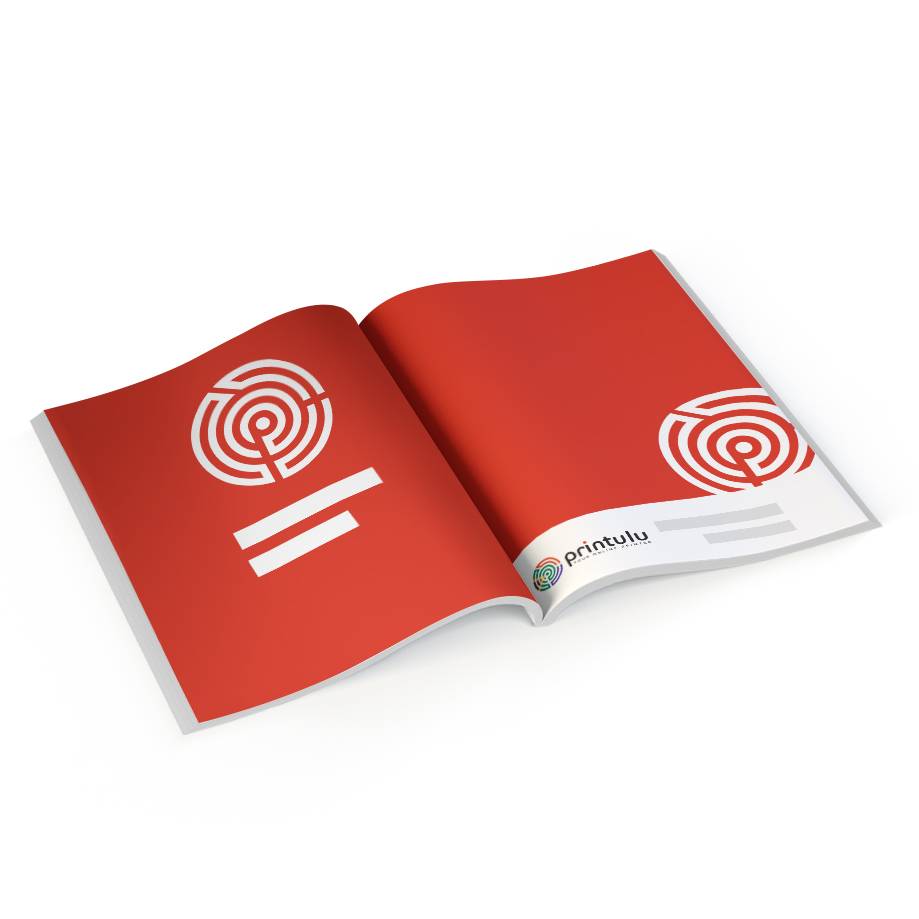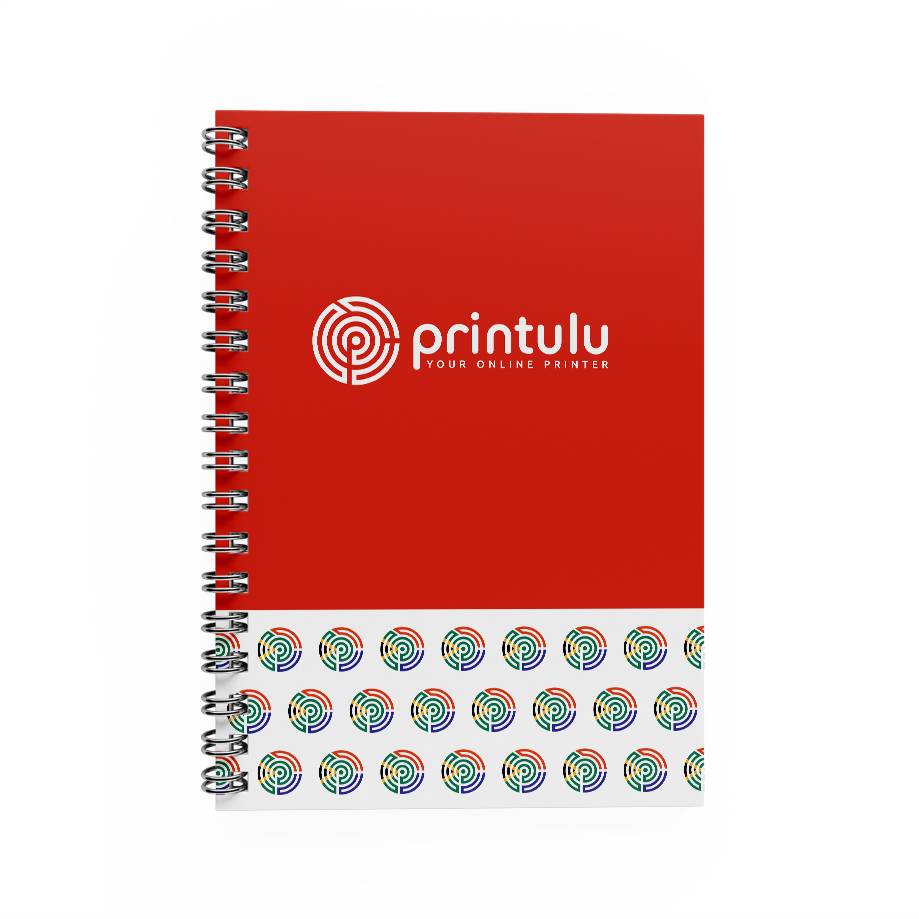Understanding the South Africa print media industry is like mastering an art. It combines old skills with new knowledge. To excel, you need to know the key print marketing metrics that show success. Companies like CW Creative have mastered this, adapting to digital times while keeping personal touch.
Digital printing, led by ICON, shows the need for staying updated with new tech and services. This includes large-format printing. These advancements are not just for looks. They show a company’s print media expertise, using resources wisely and focusing on sustainability.
Exploring the metrics of success in print media helps professionals understand what makes an impact. From physical interactions to the power of images, it’s all about creating lasting effects. For more tips and advice, check out Printulu, your go-to for print excellence.
Key Takeaways
- Recognise the value of print marketing metrics for assessing the impact of your print media campaigns.
- Draw inspiration from the success stories within the South Africa print media industry, learning from their transition and adaptation strategies.
- Embrace the breadth of print media expertise, from technology adoption to exceptional customer service.
- Understand the significance of customer relationships and knowledge in creating lasting print media content.
- Discover the benefits of cutting-edge services like large format printing for making a bold statement in your print materials.
- Integrate sustainable practices to not only appeal to eco-conscious consumers but also to contribute to the industry’s long-term viability.
Understanding the Basics of Print Media
Print media is a key part of our world, helping us share information and ads. It’s been around for a long time, even as digital media grew. Knowing what print media definition means helps us see its value today.
What is Print Media?
Print media includes things like newspapers, magazines, and billboards. It’s all about touching and seeing things in real life. This makes it great for catching people’s attention and keeping messages in their minds.
Types of Print Media
| Type | Description | Benefits |
|---|---|---|
| Newspapers | Regular publications containing news, information, and advertising | Wide reach, high credibility |
| Magazines | Periodicals focusing on specific interests or demographics | Targeted marketing, high-quality content |
| Flyers | Single-page leaflets | Cost-effective, immediate distribution |
| Billboards | Large outdoor boards for advertising | High visibility, brand awareness |
| Brochures | Informative paper documents often used for marketing | Detailed information, easy to distribute |
There are many types of print media categories. This lets marketers reach different people in the best way.
Importance of Print Media in Today’s Digital Age
Even with digital media, print media is still very important. It offers something unique that digital can’t. People still like to hold things in their hands, especially for certain types of content.
Print media also works well with digital. For example, QR codes in magazines make it easy to move between print and online. This makes the experience better for everyone.
In short, print media is still very important today. It has many forms and plays a big role in how we communicate and market. Understanding this helps us see why print is still needed in our digital world.
Crafting Compelling Content for Print
In today’s fast-paced media world, mastering print content creation is key. It’s about using every tool, from effective headlines to print media graphics. With readers only spending seconds on articles, grabbing their attention quickly is vital.
The Power of Headlines
Studies reveal headlines with clear benefits can increase reader engagement by up to 80%. A good headline is more than just a start; it sets the tone and expectation. It’s crucial for deciding if a reader will continue reading. Using powerful headlines means being clear and precise, making sure the headline promises what the content delivers.
Structuring Your Content Effectively
To engage readers who skim, use an inverted pyramid structure. Place the most important information first, followed by supporting details. This structure grabs the reader’s attention and improves retention by about 60%. Given the short time readers spend on articles, focused writing is essential.
Utilizing Visuals and Graphics
Print media graphics are vital for breaking up text and adding appeal. In fact, 60% of readers prefer visually-driven ads, showing visuals are key. Using images, charts, and infographics can make complex information easier to understand.
| Factor | Impact on Reader Engagement |
|---|---|
| Effective Headlines | Increases engagement by up to 80% |
| Content Length | About 70% abandon if >1000 words |
| Visual Appeal | 60% prefer visually attractive content |
| Credibility | 90% value fact-checking and sources |
In conclusion, print content creation needs a blend of clear text, engaging visuals, and strategic structure. This ensures print media remains effective and relevant in the digital age.
Identifying Your Target Audience
Creating a successful print media strategy starts with knowing your audience well. Understanding who reads your content makes it more engaging and relevant. This focus on demographics and reader interaction can build strong loyalty and connection.
Researching Audience Demographics
Getting to know your audience means digging into their demographics. Look at age, job, location, and more. For example, knowing what people like and can afford changes how they consume media.
Tailoring Content to Audience Needs
After knowing your audience, tailor your content to fit their needs. Brands that do this see a 20% boost in marketing success. Also, addressing what customers worry about can increase engagement by 70%.
Engaging Your Readers with Relevant Topics
Keeping readers interested is key. Choose topics that match what your audience likes and what’s trending. For example, younger readers might enjoy seeing social media trends in your content. This can influence 25% of their buying decisions, especially if they follow niche influencers.
By using these strategies—researching demographics, tailoring content, and engaging readers—you can build a stronger bond with your audience. This leads to more loyalty and interaction.
Designing for Impact
When making impactful print design, layout, colour, and typography are key. They help grab and keep the viewer’s attention. Knowing how these elements work together can make print media more effective.
Choosing the Right Layout
Choosing a layout in print media is more than just making things look good. It’s about guiding the reader’s eye through the content. Using space, alignment, and flow helps get the message across. The right layout makes things easy to read and keeps viewers interested.
Importance of Color and Typography
Colour and typography are crucial in design. They affect how people see and interact with the design. Using colours that contrast well makes text easier to read, especially for those with vision problems. Choosing clear fonts like Arial or Helvetica helps with reading ease.
Balancing Text and Images
Text and images should work together well in design. They should tell a story without overwhelming the reader. This balance makes the design more impactful.
Learning more about designing for impact can be done by looking at the differences between print and. This is important for making choices about layout and typography that meet audience needs.
| Design Aspect | Impact on Viewer Engagement | Recommendation |
|---|---|---|
| Layout | Directs viewer’s attention | Use dynamic, yet clear flow |
| Colour | Increases readability and mood | Employ high-contrast combinations |
| Typography | Affects legibility | Opt for sans-serif fonts |
| Image use | Enhances narrative and appeal | Maintain balance with text |
Each part of design must be carefully balanced to make an impactful print design. It should look good and effectively convey the message. Working with printing experts is key to creating a design that stands out.
Effective Printing Techniques
Choosing the right printing technique is key to quality and cost. It matters for promotional materials, books, and business cards. Knowing digital and offset printing and planning your budget is essential.
Digital vs. Offset Printing
Digital printing is great for detailed, small jobs. It skips the mechanical steps, saving time. Offset printing is better for large, high-quality runs like magazines. It’s cheaper for big orders.
Selecting the Right Paper
Paper choice affects the look and feel of your print. Different textures and finishes change how people see your product. Think about how the paper matches your message and brand.
Understanding Printing Costs and Budgeting
Good budget planning means knowing all printing costs. This includes material and production costs, waste, and efficiency. Offset printing is cheaper for big orders, but digital can be better for small ones.
Here’s a table to show the cost differences:
| Technique | Typical Use | Cost-effectiveness | Turnaround Time |
|---|---|---|---|
| Digital Printing | Small to medium runs, variable data | High for small runs | Short |
| Offset Printing | High-volume jobs like books and magazines | Increases with quantity | Longer, setup involved |
Measuring Success in Print Media
Print media is full of chances for great ads and messages. Figuring out if print ads work has become a science. It uses print media success metrics to see how many people see and interact with ads. It’s key for experts to know the latest in print circulation analysis and how to use reader feedback to improve ads.

Analyzing Reader Engagement
Now, we can track how people interact with print ads. Tools show us how long pages are viewed and if people respond to ads. This gives us a clear picture of how engaged readers are.
Feedback and Surveys
Getting feedback from readers through surveys is a direct way to see if ads work. Surveys can be done at checkout or through emails after a purchase. This feedback helps shape future print ad strategies.
Tracking Circulation and Reach
To really know how well a print campaign does, we need to look at circulation and reach. It’s not just about how many copies are handed out. We also need to see who and where these copies are going.
| Tracking Method | Key Benefit | Example Metric |
|---|---|---|
| Unique Landing Pages | Measures direct traffic from print | Visitor conversion rates |
| Coupon Codes | Tracks redemption and sales conversions | Redemption rates |
| Direct Mail with Codes | Differentiates response rates between print strategies | Code redemption counts |
| Post-Campaign Sales Analysis | Gauges sales uplift post-advertising | Sales growth percentage |
By using these methods, businesses can make sure their print ads don’t just reach people. They also make sure these ads engage people in a meaningful way. This leads to more sales and helps people remember the brand better.
Integrating Print Media with Digital Strategies
In the world of ads and promotions, print and digital integration is key. It makes sure the consumer has a smooth experience. New tech lets us blend print and digital in smart ways.
Knowing how print and digital work together can change how companies talk to their audience. Here’s how:
Cross-Promotion Techniques
Cross-promotion uses both print and online to reach more people. For example, print ads might hint at online content. This makes readers want to check out more online, where they can dive deeper into the story.
Using integrated marketing campaigns can make ads more powerful. They work better than ads that only use one medium.
Utilizing QR Codes and URLs
QR code marketing is a big deal for linking print to digital. QR codes in ads let businesses quickly connect to online stuff. This could be videos, special offers, or more.
Personalisation is key here. For example, Personalized URLs (PURLs) lead to pages just for each person. This makes people more likely to respond and get involved.
Building a Cohesive Brand Message
Having a cohesive branding across all media makes a brand’s message clear. It keeps the brand’s image strong in the consumer’s mind. Whether it’s a slogan, a look, or a message, using it everywhere makes the message stronger.
For example, Coca-Cola’s “Share a Coke” campaign used the same message everywhere. This made people remember the brand more and feel closer to it.
Using both print and digital lets brands reach more people. It appeals to those who like reading and those who love tech. This way, companies can talk to more people and build stronger connections with them.
Overcoming Challenges in Print Media
The world of print media is always changing. It brings new challenges like managing budgets, staying relevant online, and meeting deadlines. Facing these challenges is key for publications to stay ahead.
Dealing with Budget Constraints
Print media faces high production costs. Costs for high-quality print can be 50% more than digital. Managing budgets well is crucial. Using recycled paper and sharing resources can cut costs.
Also, making production more efficient can reduce waste and save money. This helps use budgets better.
Staying Relevant in a Digital World
Print media must stay relevant in a digital world. Despite fewer readers, niche publications have seen a 24% increase in engagement. They focus on specific interests.
Adding digital features like QR codes boosts interaction by 60%. This helps attract more readers.
Managing Production Timelines
Publishing on time is crucial. Print media’s logistics can be complex. Yet, 62% of educators believe print improves learning.
Good project management is key. It includes planning and backup plans. This keeps publications on schedule and builds trust.
Print media’s future depends on being adaptable and innovative. Improving production, going digital, and managing finances well are essential. By overcoming these challenges, print media can keep offering unique value to its readers.
Future Trends in Print Media
The print media industry has seen big changes over the years. The digital revolution has changed how people consume news and ads. For example, U.S. daily newspapers’ weekday circulation fell from 55.8 billion in 2000 to 24.2 billion by 2020.
Despite this drop, the industry is still strong. It’s expected to reach $32.6 billion in print media ads by 2024. This shows the industry’s ability to adapt and grow.
Sustainability in Print Production
Print media is now focusing on being more eco-friendly. With more people caring about the environment, print media is following suit. Publishers are using greener resources and reducing their carbon footprint.
This move is not just good for the planet. It also appeals to readers who want to support eco-friendly brands. As sustainability becomes more important, print media could see a comeback.
The Role of Augmented Reality
Augmented reality is changing how we read. It adds digital content to printed pages, making reading more interactive. Although still new, AR has a lot of potential.
QR codes are already helping to bring digital content to print. As technology improves, AR will become a key way to engage readers. It will open up new ways to tell stories and ads.
Adapting to Changes in Consumer Behaviour
Print media needs to keep up with changing times. The rise of digital media and social media journalism has changed how we get news. Subscription models and online archives are becoming more common.
Despite this, people still love magazines. In 2022, 91% of adults read magazines. Print media must find a balance between its heritage and the digital world.
FAQ
What is Print Media?
Print media includes newspapers, magazines, brochures, posters, and billboards. It helps spread information to many people.
Can you list the different types of Print Media?
Sure! There are publications like newspapers and magazines. Also, there are promotional materials like flyers and brochures. And outdoor ads like posters and billboards.
Why is Print Media still important in today’s digital age?
Print media is still key because it’s real and trustworthy. It lets you reach specific groups of people. It also adds depth to online marketing.
What makes a headline effective in print media?
A good headline is short, catchy, and shows what the content is about. It should grab the reader’s attention and make them want to read more.
How should I structure my content for print?
Organise your content clearly and simply. Use headings and bullet points to make it easy to follow. This helps readers understand your message better.
Why are visuals and graphics important in print media?
Visuals and graphics are crucial because they make text easier to read. They help explain ideas and make your content more appealing. This boosts engagement and helps people remember your message.
How can I identify my target audience for print media?
To find your audience, research their demographics and interests. This helps you tailor your content and design to meet their needs.
How do audience demographics influence print content?
Knowing your audience’s demographics helps you choose the right topics and design. It ensures your content resonates with them effectively.
What does creating engaging topics for readers entail?
To create engaging topics, research trends and understand what your audience cares about. Present information in a way that’s interesting and informative. This sparks curiosity and keeps readers interested.
Why is the layout crucial in print media design?
The layout is key because it organises content in a way that’s easy to follow. It guides the reader’s eye and helps focus on important information. This greatly affects the success of your print piece.
How do colour and typography affect print media?
Colour can evoke emotions and highlight important parts. Typography affects how easy your content is to read and sets the tone. Both are vital for creating a visually appealing and readable print piece.
What’s essential to balance between text and images in print design?
It’s important to balance text and images to keep readers interested without overwhelming them. This creates a harmonious layout that effectively communicates your message.
Digital vs Offset Printing: Which should I choose for my project?
Your choice depends on your project’s needs. Digital printing is best for small, detailed jobs. Offset printing is more cost-effective for large runs and offers high quality.
How do I select the right paper for my print product?
Choose paper based on your product’s purpose, budget, and the impression you want to make. Consider texture, weight, and finish to enhance your print piece’s effectiveness and look.
What are the key factors in printing costs and budgeting?
Costs depend on printing method, paper, ink, and quantity. Planning carefully helps stay within budget without sacrificing quality.
How can I analyze reader engagement with my print media?
Track responses to calls-to-action and monitor feedback. Also, look at social media mentions and conduct surveys. This helps understand how readers interact with your content.
Why is feedback important in measuring print media success?
Feedback gives direct insights into your audience’s opinions and experiences. It’s invaluable for evaluating your content’s impact and making future improvements.
How does tracking circulation and reach help print media?
Tracking circulation and reach shows how widely your media is distributed. It’s a key metric for assessing exposure and determining potential impact.
What are some effective cross-promotion techniques for print media?
Use social media handles, website links, and align messaging across platforms. This creates a seamless brand experience for your audience.
How can QR codes and URLs enhance print media strategies?
QR codes and URLs connect print to digital. They allow readers to access more content, offers, or interactive experiences. This extends engagement beyond the printed material.
What is involved in building a cohesive brand message across print and digital?
Consistency is key. Use logos, colour schemes, messaging, and tone across all platforms. This ensures your brand is instantly recognisable and your campaign is integrated.
How can print media businesses manage budget constraints?
Optimize design for cost-effective printing and choose materials wisely. Streamline processes and use digital tools to complement print campaigns economically.
What strategies can keep print media relevant in a digital world?
Focus on quality content, target specific niches, and leverage print’s tangibility. Integrate with digital media to offer a multi-faceted approach that appeals to different consumer preferences.
Why is managing production timelines crucial in print media?
Managing timelines ensures materials are printed and distributed on time. This keeps your campaign relevant and timely, which is crucial for success.
How does sustainability impact the future of print production?
Sustainability is becoming more important. There’s a focus on using recycled materials, eco-friendly inks, and energy-efficient methods. This minimises print media’s environmental impact.
In what ways can augmented reality transform print media?
Augmented reality adds interactive digital elements to traditional print. It creates immersive experiences that educate, entertain, and engage readers in new ways.
Why is it important for print media to adapt to changes in consumer behavior?
Adapting to consumer changes is crucial to stay relevant and competitive. As consumers value personalisation, convenience, and sustainability, print media must evolve to meet these expectations.
Source Links
- Mastering the Art of Effective Print Advertising: Tips for Success – https://www.linkedin.com/pulse/mastering-art-effective-print-advertising
- Five Steps to Success with Print Media Marketing | Absolute Colour Printing Services Sydney – https://www.absolutecolour.com.au/five-steps-to-success-with-print-media-marketing/
- What Is Print Media and Is it Still Relevant Today? – https://www.impactmybiz.com/blog/what-is-print-media/
- Print Media: Definition & Techniques – https://www.studysmarter.co.uk/explanations/media-studies/media-communication/print-media/
- Microsoft Word – NEW LG 5 _1_ – https://www.nios.ac.in/media/documents/srsec335new/LG_english/335_LG_E_L5.pdf
- Mastering the Art of Print Media Writing • Journalism University – https://journalism.university/print-media/mastering-art-print-media-writing/
- The Power of Storytelling: Ways to Craft Compelling Content – https://moss51.com/ways-to-craft-compelling-content/
- 7 steps to writing compelling copy for print ads – https://localiq.co.uk/blog/copywriting-for-different-channels-how-do-i-write-great-copy-for-print-advertising
- 5 Steps to Find Your Target Audience (With Examples!) – https://www.wordstream.com/blog/ws/2022/05/11/target-audience
- How to Identify Your Target Audience – https://www.business.com/articles/identify-your-target-audience/
- Target Audience for Printed Marketing Campaigns – https://www.formaxprinting.com/blog/tips-for-understanding-your-target-audience-for-printed-marketing-campaigns
- What are the design challenges for print media? – https://www.linkedin.com/advice/0/what-design-challenges-print-media-skills-design-3ay3e
- How can you design print media that effectively captures your audience’s attention? – https://www.linkedin.com/advice/0/how-can-you-design-print-media-effectively-captures-3uwbf
- The Different Types of Printing Techniques: A Comprehensive Guide – Packoi – https://packoi.com/blog/different-types-of-printing-techniques/
- Printing Module 1 : Printing Techniques | Printex Academy | Free Designs ! | Free Delivery ! – https://printex.co.za/printing-module-1-printing-techniques/?srsltid=AfmBOoo2fXAZFsRYpkbRj5AEsAobcT6X4mcKOuZn46X7QPzJ5qeilUJ-
- Measuring the Effectiveness of a Print Advertising Campaign – https://www.bbpress.co.uk/news/how-to-measure-the-effectiveness-of-a-print-advertising-campaign
- 5 Ways to Measure the Success of Your Print Marketing Campaigns – https://www.linkedin.com/pulse/5-ways-measure-success-your-print-marketing-campaigns-tfzne
- How Print Media Can Complement Digital Marketing – https://info.zimmercommunications.com/blog/print-media-complement-digital-marketing
- Three Ways to Integrate Print and Digital Marketing – https://www.marketingprofs.com/articles/2020/43672/three-ways-to-integrate-print-and-digital-marketing
- The Future of Print Media in a Digital World – https://pixelixe.com/blog/the-future-of-print-media-in-a-digital-world/
- Go-to-Market Strategy for Print Media – https://www.haveignition.com/industry-guides/go-to-market-strategy-for-print-media
- The end of print media in Mzansi – Thomas Kwenaite – https://thomaskwenaite.co.za/the-end-of-print-media-in-mzansi/
- The Future of Print Media in a Digital World – https://blog.adrianalacyconsulting.com/the-future-of-print-media-in-a-digital-world/
- Five Trends Reveal How Print Media Is Evolving in the Digital Age – The Writers College Times – https://www.writerscollegeblog.com/five-trends-reveal-how-print-media-is-evolving-in-the-digital-age/




